The Ultimate Cheat Sheet for B2B Sales
Jenny Keohane
The advent of new technologies and a globalized consumer landscape has dramatically changed the way B2B brands sell.
Even just a couple of years ago, cold calling and direct mail were the go-to methods for reaching new customers and pitching your services. But today’s consumers are savvier than ever and don’t want to be bombarded with constant sales messages.
Instead, they do their own research and are far more proactive in their hunt for services than ever before. In fact, research from Forrester found that 74% of B2B buyers conduct about half of their total research online before they make an offline purchase.
As a result, companies are increasingly turning to digital strategies to get more customers.
What is B2B Sales? The Difference Between B2B and B2C
To put it simply, B2C sales are made when a regular consumer purchases from a business. For example, this might be someone buying a recipe book for their family or an item of clothing for themselves.
B2B sales happen when a business buys from another business. This might be a company investing in an IT service or it might be them buying a tool for their teams to use internally.
While the end result is the same (a sale), the process to get there is very different for B2B and B2C.
This is because B2B sales tend to have:
- Higher price points
- More touchpoints in the sales cycle
- A more logical sales cycle – B2C sales are often carried out through emotion and desire, whereas the majority of B2B sales are made because of need
- Numerous gatekeepers that the decision has to go through before a purchase can be made
Because there are more people to convince and a longer sales cycle than B2C, businesses selling to other businesses need to put different strategies in place.
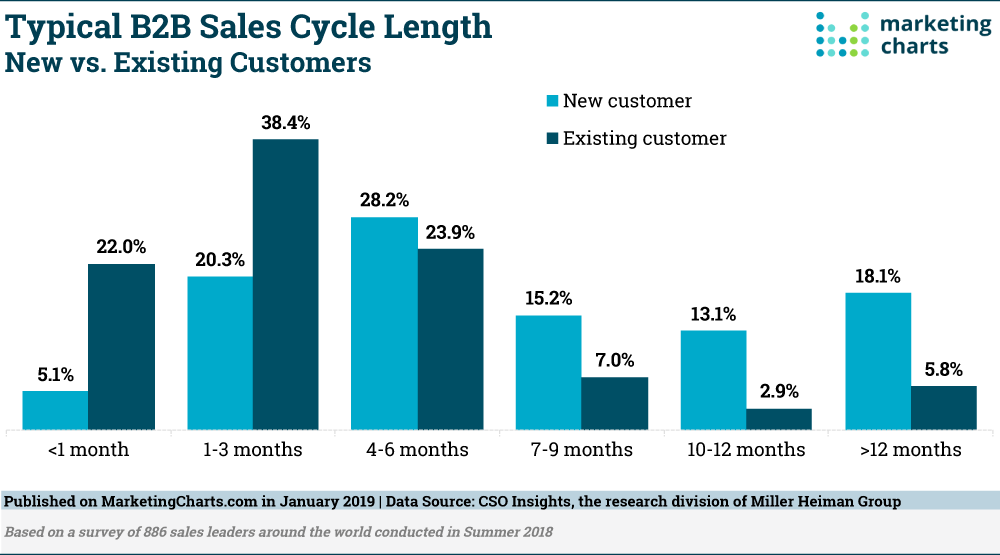
How to Succeed at B2B Sales
1. Get to Know Your Customers and Competitors
To understand why your customers might want or need your product, you need to know where it’s positioned in the market. If you go in blindly, you might have your price point way off or you might misunderstand the real reason your buyers are investing in what you’re offering.
This is why competitor reviews are important.
They help you to identify what your unique selling point (USP) is and what makes your product different from others on the market. As a result, you’ll be better positioned to market it successfully.
It helps to know your customers, too.
B2B brands sell to all kinds of businesses with all different kinds of pain points, problems, and challenges. In order to better understand your customers and what they want, you can create customer personas.
These dig much deeper than the usual demographic information and uncover details like:
- The company your prospects work for and its main goals
- Their job role and other team members they work with and report to
- Their biggest challenge in their position
- Their professional goals in general
Knowing this kind of information will help you pitch your product in the right way.
2. Understand the B2B Sales Funnel
We’ve touched on the length of the B2B sales funnel above, but it helps to know the distinct steps that your customers go through before they make a purchase.
This will help you determine what kind of information you need to provide and when you need to provide it.
Here’s a breakdown of an average B2B sales funnel: 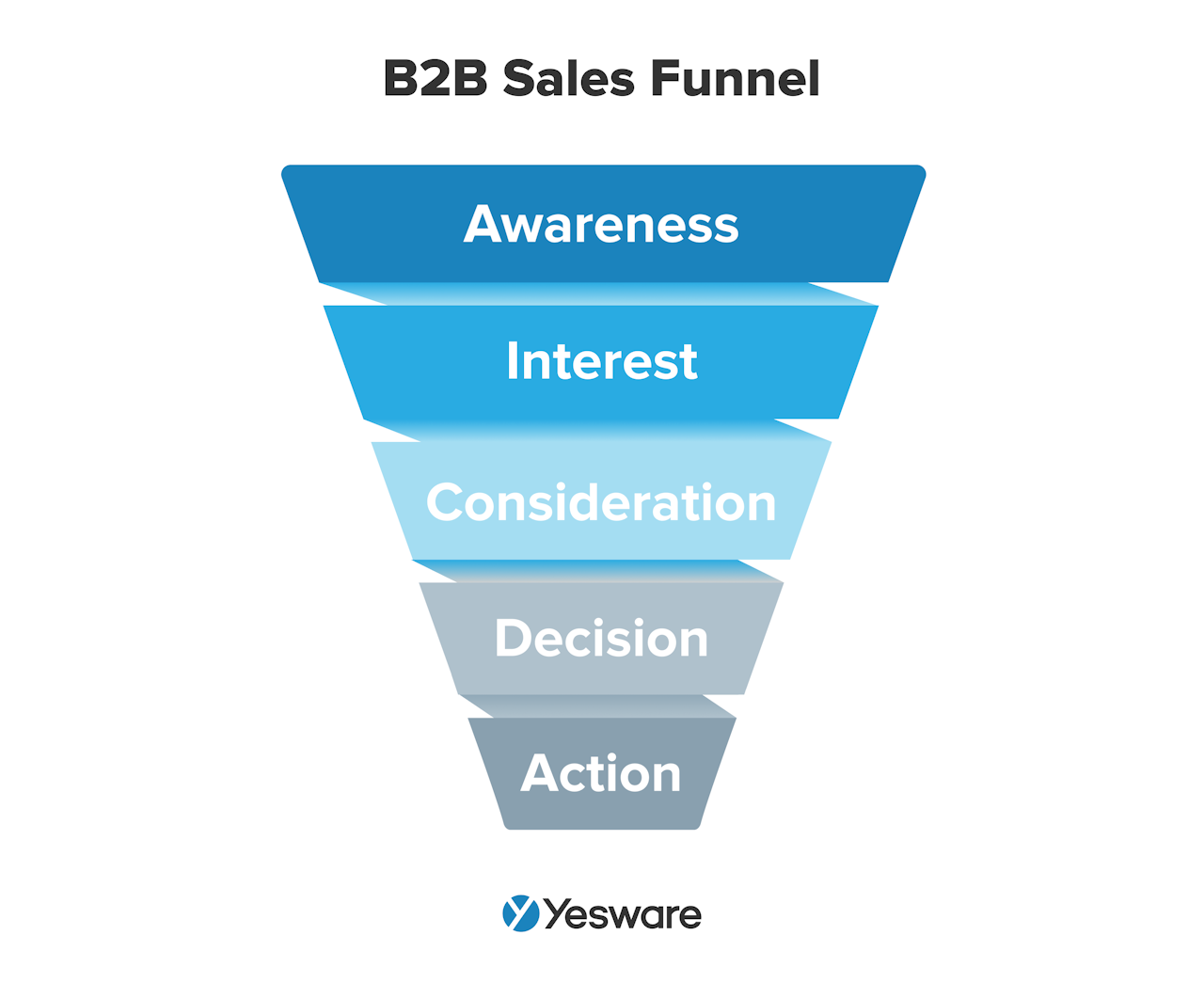 Bear in mind that yours might differ slightly depending on what you’re selling and the type of customer you’re selling to.
Bear in mind that yours might differ slightly depending on what you’re selling and the type of customer you’re selling to.
For example, if your product sits at a particularly high price point, the sales cycle might be longer and involve various different back and forths with different gatekeepers before a decision can be made.
It’s important to note here that buyers can leave and enter the funnel at any point and move between stages at will, but this is a great way to visualize each step in isolation and determine what you need to do at each stage to move prospects forward.
The top of the funnel is filled through marketing activities and prospecting techniques. This might include things like:
- Social media marketing
- Email marketing
- Hosting live webinars
- Cold emailing potential buyers
- Networking events and conferences
Once a prospect is in your funnel, it’s up to you to serve them the information they need at the right points.
3. Qualify Leads Without Wasting Time
A lot of businesses lose out on time and money by trying to convert leads that aren’t yet qualified. Basically, they’re trying to sell to people who don’t need their product. It’s an impossible task.
Usually, this happens when businesses call each and every new prospect without taking the time to find out whether they’re really in need. Ideally, you want to find another way to qualify leads.
One effective way to do this is through high-level, conversion-focused content that can automatically be shared with leads after they provide their contact information. When they hand over their details, you can serve them a simple checkbox that asks if they’re interested in the kind of product you’re offering.
If they tick “yes”, you know that you have a potential customer on your hands. If they tick “no”, you can focus your efforts elsewhere. You can also ask them to share their job title and the industry they’re in to determine if your product would be a good fit.
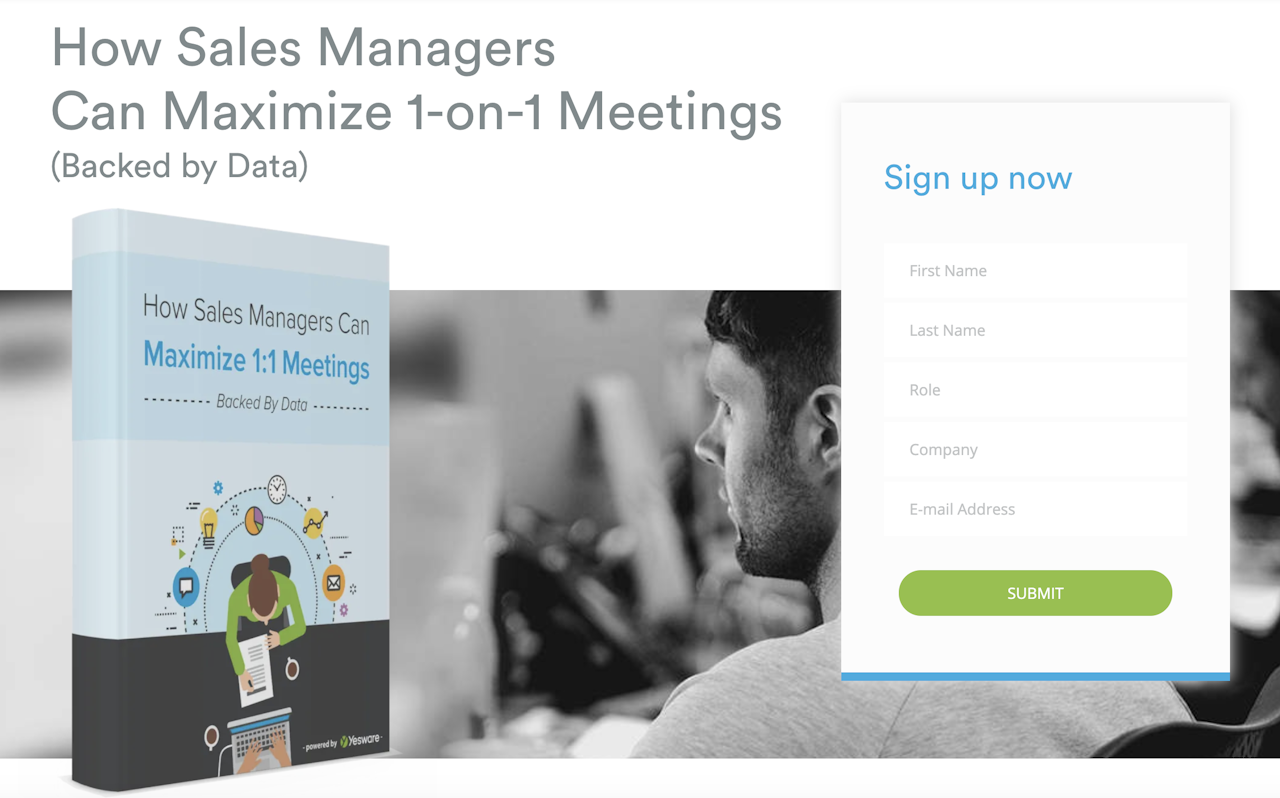
Another effective tactic is creating highly focused, bottom-of-the-funnel content. This might come in the form of product reviews or comparisons.
Think about it: say, for example, a prospect is searching for an internal communication tool for their business. They’ve probably researched a few options and have narrowed it down to two or three.
By creating an article that compares different internal communication tool options, you’re going to attract people who are already at the qualification stage in the funnel. They’ve shown their interest in your product by clicking through to your article that’s relevant to their research.
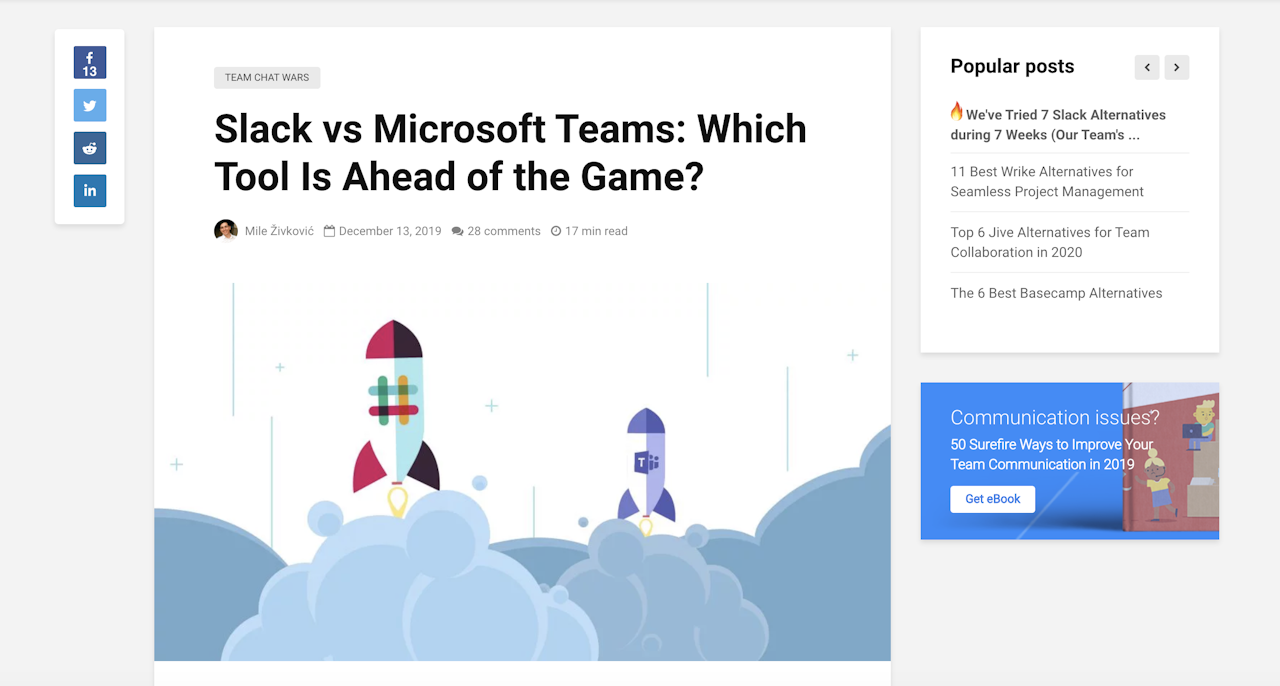
4. Map Out Your Unique Funnel
To really succeed at B2B sales, you have to bring together your knowledge of the sales funnel in general and your competitor and customer research to create a unique funnel geared towards your specific business.
Here, you should consider the kind of content your customers want that will help qualify them. This might be:
- Comparison posts between products similar to yours
- Guides to using a product or service like yours
- Posts about why a business might need a product like yours
- Reviews of relevant products
- Case studies or customer stories of previous buyers that have seen success with your product
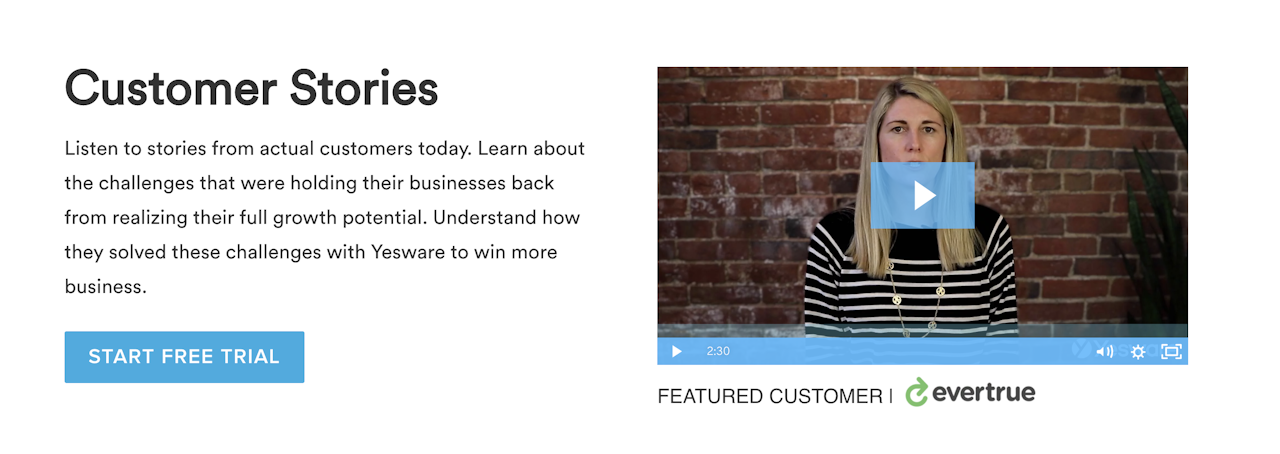
These kinds of posts catch prospects when they’re in the research stage of the sales funnel. From there, it’s a case of grabbing their contact details by offering a handy downloadable guide and serving them a checkbox to determine how interested they are in a product like yours.
If a prospect has read your posts, signed up for your download, and ticked the “yes” checkbox, you know that you have a qualified lead on your hands.
It’s then up to you to figure out how to conduct stage three of the sales cycle. This is the part where you’ll pitch your product or service and start really building your relationship with the buyer.
Some options include:
- A live demo where you can show them your product in action
- A meeting (in-person or via video call)
- A presentation they can run through at their own pace
- A good old-fashioned phone call to discuss the benefits of your product
The option you choose will depend on the customers you’re targeting and how they prefer to be contacted. You can carry out some research here and even survey past buyers to see which option they like best.
5. Automate the Process
The B2B sales cycle can be lengthy. If you’re manually trying to keep up with each stage with every single possible lead that comes your way, it can get exhausting and things will start to slip through the cracks.
The answer is automation.
By implementing automation to help prospects slip smoothly from one stage of the sales cycle to the next, you won’t have to put as much effort into convincing them. Instead, it will become more of an organic process.
For example, as soon as a prospect qualifies themselves via signing up for your download and ticking the “yes” checkbox to show they’re interested in your product, they might automatically get sent an invite to set up a demo. Once they’ve had the demo, they might automatically receive a follow-up email to remind them of their interest.
Automation tools can be integrated into each stage of the sales funnel to make it slicker and smoother than ever.
The Low-Down on B2B Sales
B2B sales are very different from B2C sales and require a completely different approach.
Succeeding at them means having a firm understanding of your prospects and your position in the market so you can pitch your product in the right way and at the right time.
It’s simply a case of using this information to create a unique sales funnel that makes prospects feel comfortable at every step and gently pushes them through the cycle without too much effort.
Get sales tips and strategies delivered straight to your inbox.
Yesware will help you generate more sales right from your inbox. Try our Outlook add-on or Gmail Chrome extension for free, forever!
Related Articles
Casey O'Connor
Casey O'Connor
Casey O'Connor
Sales, deal management, and communication tips for your inbox

